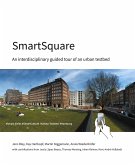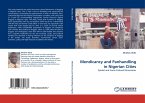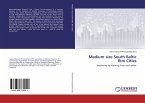As India is urbanizing, the lifestyles of people are changing drastically. Due to heavy influx of people into urban areas, the erstwhile characteristics of Indian neighborhoods are changing. Migration to urban areas is inevitable in India, and thus the neighborhoods in the Indian cities have to adapt to the challenges that are associated with urbanization. In a simple sense, as India prepares herself to develop ¿smart¿ cities, the neighborhoods have to be made ¿smarter¿ as well. This work is an attempt to understand ¿smartness¿ in the context of planning, and its connotation in India. Through the best practices worldwide, indicators are identified and benchmarked into parameters that make ¿smart¿ neighborhoods, in the Indian context. A case study of two neighborhoods from an increasingly urbanizing city (tier 2 city) of Bhopal is taken, through which guidelines for making ¿smart¿ neighborhoods in Indian cities are recommended.








